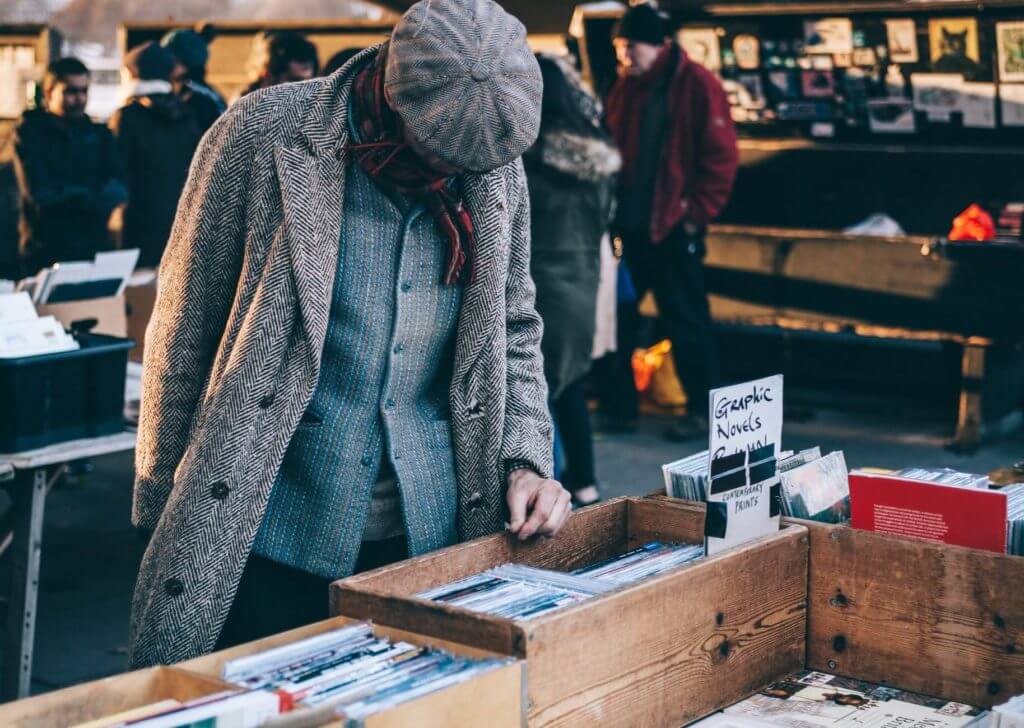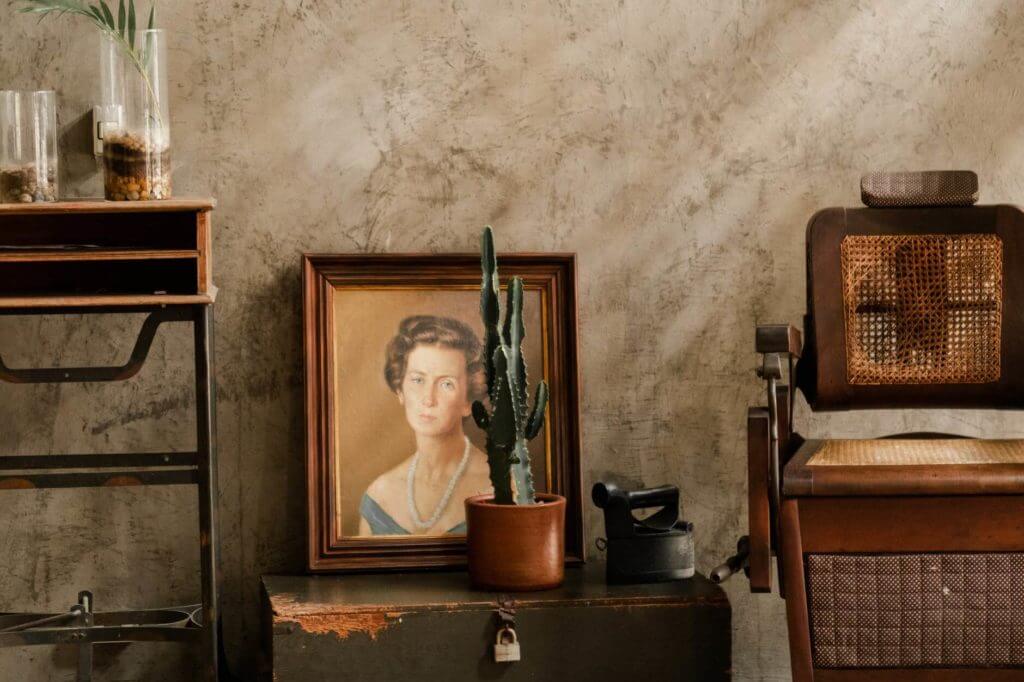Most of us consider protecting our possessions the most nerve-racking part of relocations. If you are a lover of artworks and old valuable objects are a part of your collection, a relocation will be a bit trickier to pull off. Knowing how to pack antiques will help you preserve them and make sure they arrive unscathed.


It’s not just that relocating is a lot of work, but one of the things to do before it is to figure out how to take care of our delicates and avoid a nervous breakdown if they get damaged while we move to a new home. Those passionate about collecting more valuable stuff, such as antiques and vintage objects, are very well aware it will be tricky to pack them properly. But with some wise relocating hacks, you can pull it off with a bit of effort. Here are some of the best relocating tips that will help you with packaging plates and other old items from your collection.
There are many valuable items in our possession and many things we consider priceless that we’ll have to take care of during the move. We should take extra care when we’re packaging a guitar for shipping and look for some advice on how to move a piano. And then there are items like an old wedding ring we’ve inherited from our grandmother. But which objects are considered truly antique? While your grandma’s jewelry has value because it’s gold, and a sentimental value, too, antiques are objects that are older than 100 years.
When we say antique, most of us would think about an old china set or massive and bulky furniture that’s been in the family for generations. But, there can be many things that that fall into this category:
These are just some examples of items that are older than a century.

For those looking for the cheapest way to move out of state, and perhaps those who are relocating to a smaller home, decluttering is an essential part of the move. It can also be a helpful step for collectors of vintage and older stuff because you can go through your collection and decide what to get rid of and what to keep. You can either visit a shop that sells those kinds of objects or organize a garage sale in your backyard. Keep in mind that to have a successful garage sale, you need to advertise it properly and display the prices visibly. Sales are best organized on weekends, and it should start as early as 8 AM, preferably Saturday.

Before you can start taking care of your antique belongings, you should obtain everything you need to protect them. You should pick the best-sized boxes for this task, depending on the type of objects you’re placing in them. Small but heavy things should go into small or medium-sized packages and crates so they can be easier to manage and carry around. It’s essential to get various types of packaging materials that you’ll require for cushioning and protecting each piece. These include:
Don’t skip the needed tools, too. Get a tape dispenser and scissors, and a marker to label each package. Additionally, buy microfiber cloth because each item should be thoroughly tidied before you seal the packages.
A good tip for avoiding relocating stress while your antique belongings are transported is to rely only on new packages and packing materials. While using a second-hand package is an excellent solution for packaging other belongings while saving up simultaneously, it should be avoided when you take care of objects of a higher value. You’ll need boxes and other materials that are sturdy and won’t let you down during the trip to your new home, and second-hand packages are not a good enough guarantee.

So when to start packing for a move when it comes to antique objects? The answer is – the sooner, the better. It’s one of the things that should go into packages first, right after decluttering, so you can place them somewhere safe, where they won’t get damaged. But, different types of objects require a different approach and various ways of handling, but one thing is in common – everything should be neat and clean.
After you’ve thinned down your collection and figured out where to donate books, it’s time to protect the more sensitive antique tomes. Packing paper is a good solution for protecting each title, but if you’re wondering about packaging books the right way, you should use tissue paper. You can envelop them in a layer of bubble wrap or a towel and place them spine down into the box. Place a sheet of foam or a cardboard divider between each book, and fill the gaps with cushioning material so the books won’t shift.
If you’re wondering about packaging fragile items that are older, you should apply the same approach as with any other breakable, just like packing glasses. Each piece should be enveloped in the paper, then bubble wrap, and finally secured with some tape so it won’t move. Simply ensure that the tape doesn’t touch the object’s surface, so there is no tape residue.
Artwork requires either corner protectors or some intelligent usage of pool noodles, which can also come in handy with frames. If your artwork has a glass surface, the painters’ tape is a great solution to give you some protection. Make an X mark on the glass with it – this way, the glass won’t spill if it gets damaged while in transport. This kind of tape is better than plain duct tape because it won’t leave a residue. Each piece of artwork should also be covered with paper and then enveloped in bubble wrap.

While most newer clothes that we don’t wear are suitable to donate for the homeless, giving away a clothing piece that is more than a century old is out of the question. Besides their value, these objects require special attention because the materials start to thin and get damaged. But how to pack clothes so old and avoid tearing? Each piece of clothing should be clean. Wash gently or vacuum if the fabric shouldn’t be washed. Each piece should be placed flat and enveloped in the paper and then placed inside of a box. Avoid folding, but instead, roll each piece carefully, if needed.
It will be easier to take care of older pieces after you’ve donated furniture and with other clutter out of the way. But how to pack heavy antiques? Moving furniture that’s more than 100 years old should be done with great care. Each piece should be cleaned, vacuumed, and wiped with furniture polish. Protect the corners with care and use blankets to cover each item. You should also protect floors before you start dragging bulkier objects across them, and it’s best to use protective pads. You can use plastic wrapping to envelop each drawer and then place it right back and wrap everything up once more.
A specialized jewelry roll is probably the most practical solution for packing ornaments, but there are other tricks that you can use. A pill case can be used to organize and keep separate pieces, while straws and cardboard rolls will come in handy to thread necklaces through it. After that, ensure that you envelop everything up with sealable plastic wrapping. You can also use ziplock bags to keep everything separate.
If you want to pack toys from your collection, you should approach it the same way as the delicates. Clean each item thoroughly and envelop it with bubble wrap. When you place them into a box, simply ensure that all the gaps are filled, and there’s no shifting inside.
The best thing about the DIY move, when it comes to old valuables, is that you can thoroughly inspect each piece before you place it into a box and seal it. You will also set your own pace for taking care of everything on your to-do list. But the disadvantage is that all the logistics are up to you, and if you haven’t handled such a complex task before, the chances are that something can go wrong during transport and you’ll end up with damaged objects.
While a professional company can offer you various solutions for your move, such as an auto transport service, they can probably take care of your old and valuable pieces. As opposed to a DIY move, it may seem that investing in their packing service may seem a bit expensive, though. A reputable company will have a professional team vetted in handling even the most fragile items, and you won’t have to worry about taking care of everything on time.
The following video shows how proper packaging of breakables looks like, and the demonstration that shows this packaging will outlive even the clumsiest carriers.
Since older items can have an increased value, both financial and sentimental, creating a relocating inventory should be crucial. It’s a checklist that will ensure each item is accounted for, and you can consult this list while you’re unpacking after the move to check if anything is broken or missing.
Besides making a list of old valuable objects you’re transporting, moving labels will also make transport safer and unpacking easier. Suppose you’ve adequately labeled each box. Whoever is handling them will know how to treat the packages and avoid damage. Place a label on the sides and the top of each packet so it can be visible. The most important thing is not to place anything heavy on these boxes, and that way, break something irreplaceable.

If you’re considering using a storage service for your old valuables until you get settled, besides all the packaging tips and advice, there are two rules you should follow. First, each item should be thoroughly cleaned before being wrapped and sealed inside a box. Second, everything needs to be completely dry, or you’ll risk ruining everything in the package with mold. Proper planning of the storage unit should also be on your moving across the country checklist. It means that you should think carefully about the arrangements in the unit so the antique objects won’t be tossed around while you’re rummaging through to get to your seasonal clothes. And also to avoid placing heavier things on top of a box with fragile items.

Searching for “long distance movers near me” is an essential part of a move, especially if you want to avoid some of the tasks related to your moving. Keep in mind that a reliable moving company will offer you many long-distance moving services, and packaging even the most delicate objects can be taken care of by them, among other things. Contact them to find out the details, and let the professionals take care of your collection.